Corneal Abrasions
Description and Symptoms
A Corneal Abrasion is a scratch on the surface of the eye. The transparent window at the front of the eye is the cornea. It consists of several layers. The outermost layer is the epithelium. This layer protects the cornea from bacteria and is the first point at which light is focused in the eye. The corneal nerves lie just beneath the epithelium, and these are sensitive nerve endings.
It is possible that the surface epithelial layer is disturbed as in a corneal scratch or abrasion. Then the exposed nerve endings make you feel like there is glass or grit in the eye and it is painful.

I had the best experience working with Dr Crawley. I felt looked after and she took the time to get to know me. I would highly recommend her.

From the moment I met her to the moment I left, I was treated with great courtesy and kindness, and everything was explained to me in layman’s terms so I could fully understand my condition. I was immensely impressed.

“Thank you very much for seeing me yesterday, you were marvellous and a pride to the NHS”

Dear Laura,
Just a quick note to say thanks for looking after my mum Mrs M. so wonderfully. It was so good of you to take so much time and care as she was very worried about my appointment and you really made such a difference to my experience. Thank you.

Dear Angela and Laura,
Thank you very much for seeing me yesterday. You were both marvellous and a pride to the NHS. You could, if you two wish, send this to your line manager. Thank you again!

Dear Laura,
Enjoy your holiday and thanks for everything so far.
Best Wishes
Causes of Corneal Abrasions
Corneal abrasions are typically caused by dust or grit blowing into the eye on a windy day. Also causes are a fingernail scratch from children or by anything that hits the surface. Most of the time these causes of the eye damage happens usually by accident.
Diagnosis and Examination
Ms. Crawley will see a corneal abrasion using the blue light on the slit lamp microscope. Bright orange fluorescein dye drops are put into your eye. These are often mixed with local anaesthetic to numb the eye to allow a proper examination. The fluorescein dye highlights the scratch when cobalt blue light from the microscope is shown on it. This is a painless test.
Treatment
The scratch will heal within 2-3 days. Antibiotic ointment or drops are used to protect the cornea from bacteria that may use the scratch as an opportunity to cause infection. Occasionally a pad is put on the eye for a few hours. This is not necessary for all patients but can be helpful to protect the eye when travelling home from the clinic. Regular painkillers will help to reduce the gritty discomfort. The scratch will heal completely in uncomplicated cases and will be invisible at the next eye examination.
FAQs
Accreditations and Memberships
Related articles
What are the new surgical options for glaucoma?
Surgical options for glaucoma come in a variety of different forms. The type procedure performed is done on a patient-by-patient basis.
What are the symptoms of glaucoma?
Glaucoma in its earliest form is completely asymptomatic, you will not know at all that you have it. The only way for it to be picked up is when you have a pressure test which is reading high.
Who is more likely to get glaucoma?
Glaucoma is a condition that becomes much more common as we get older. And because very many of us are living longer, because we are healthier, there are lots more people now with glaucoma. Usually, it affects people over the age of 50.















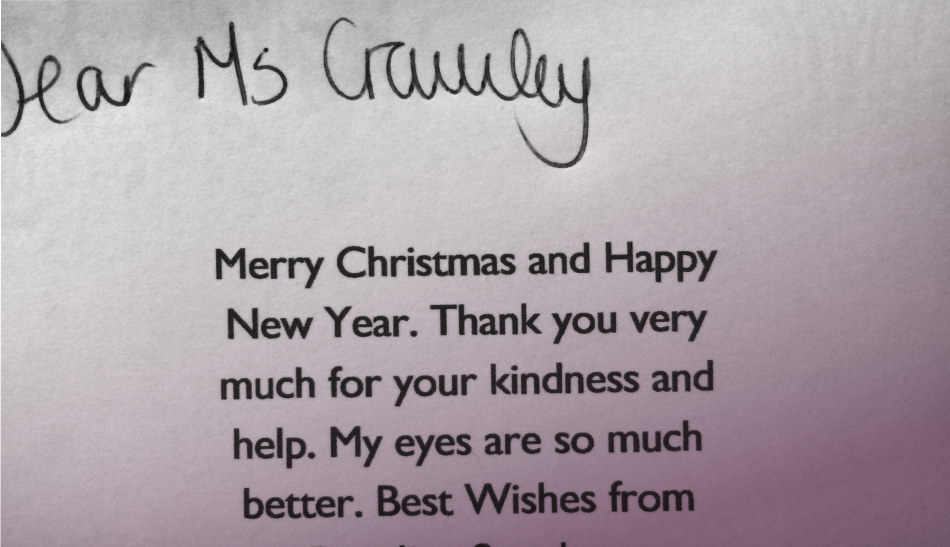
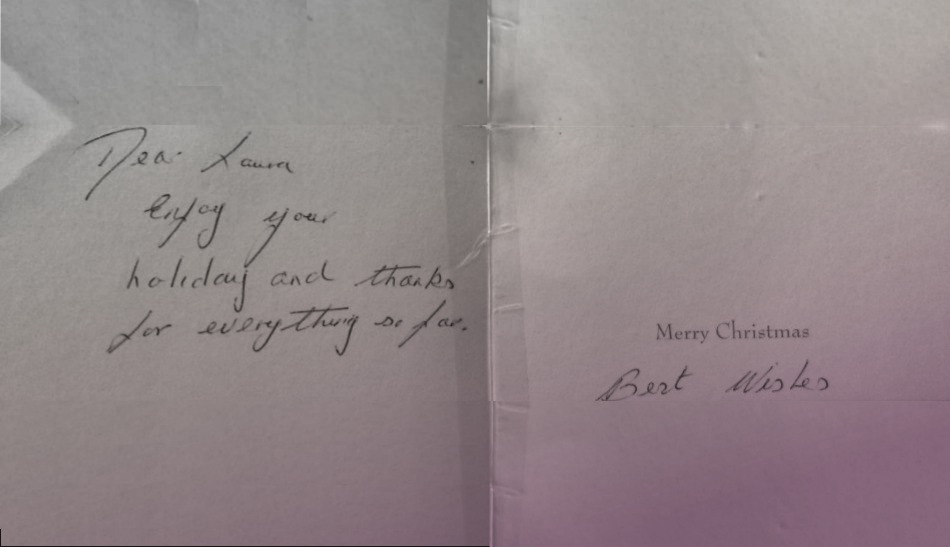
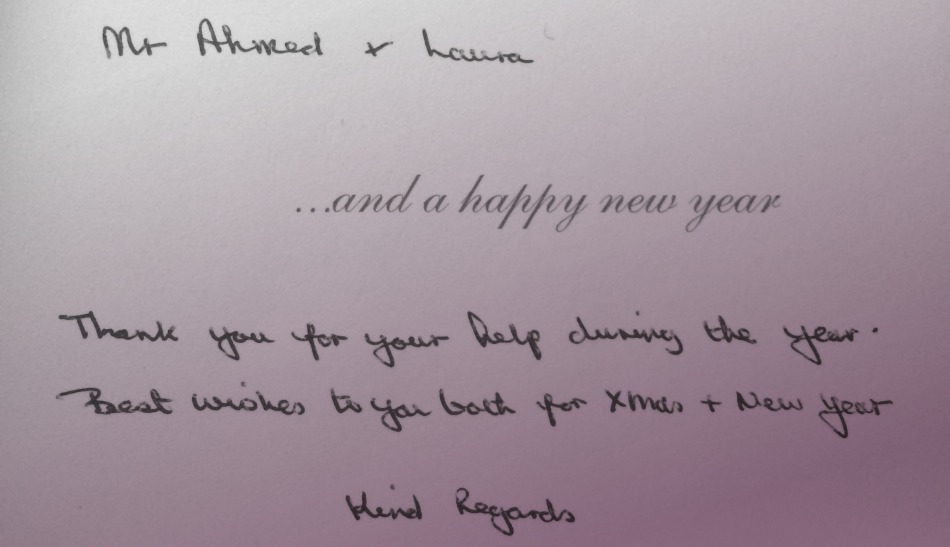
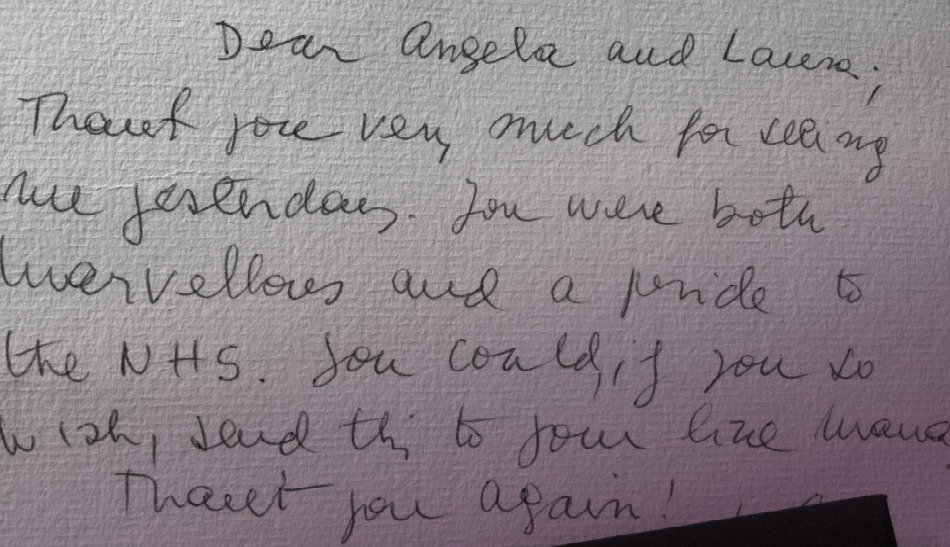
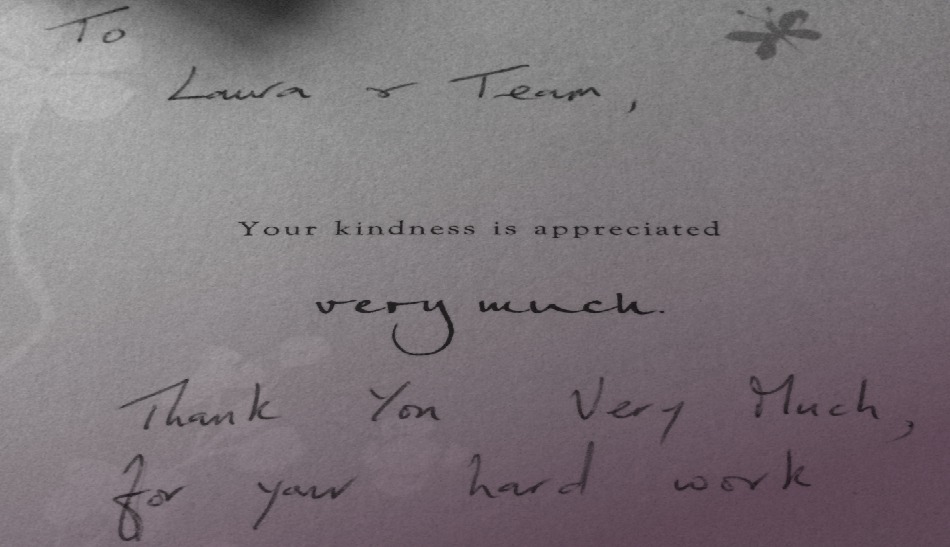









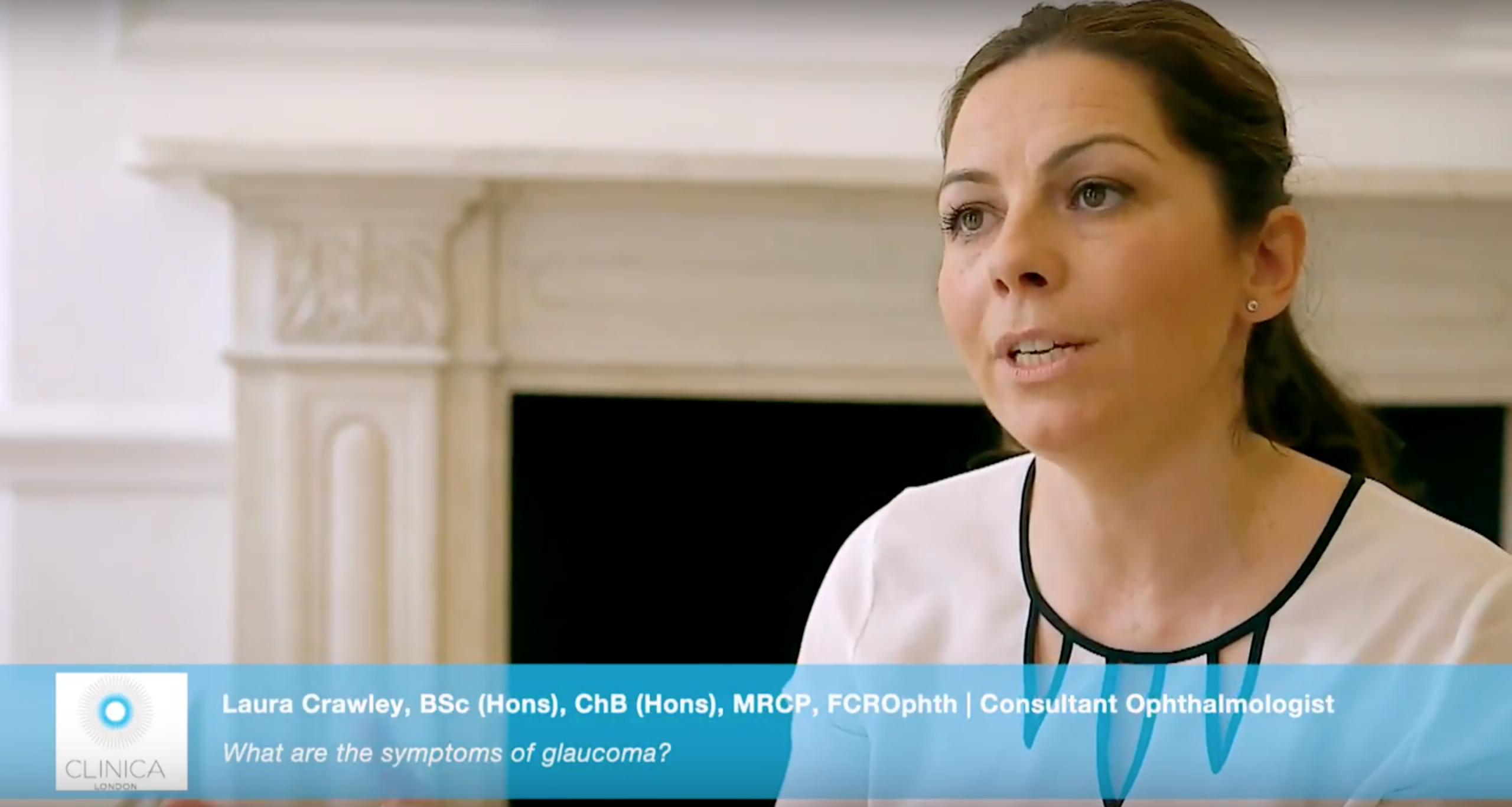
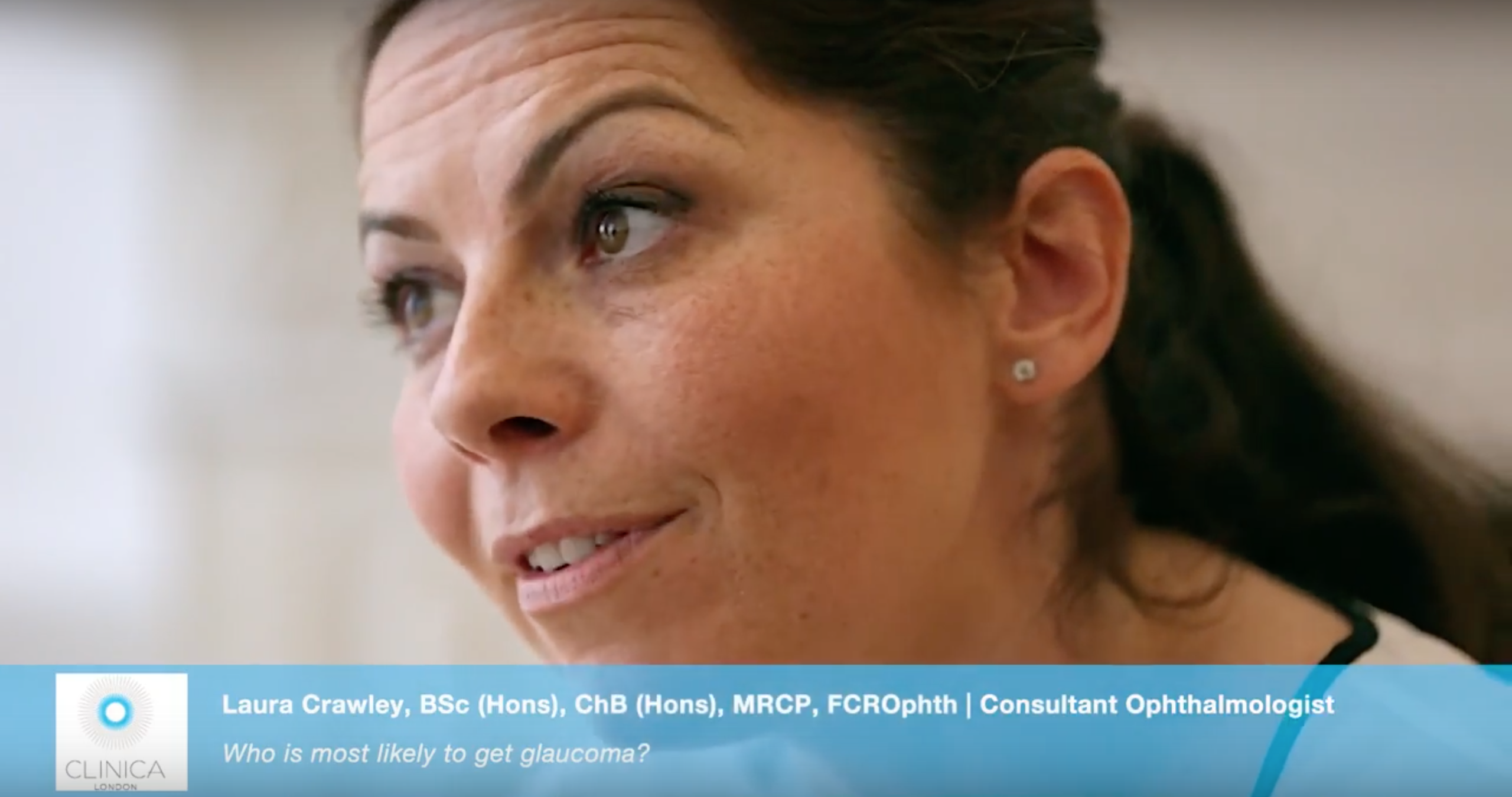
Find us on social media